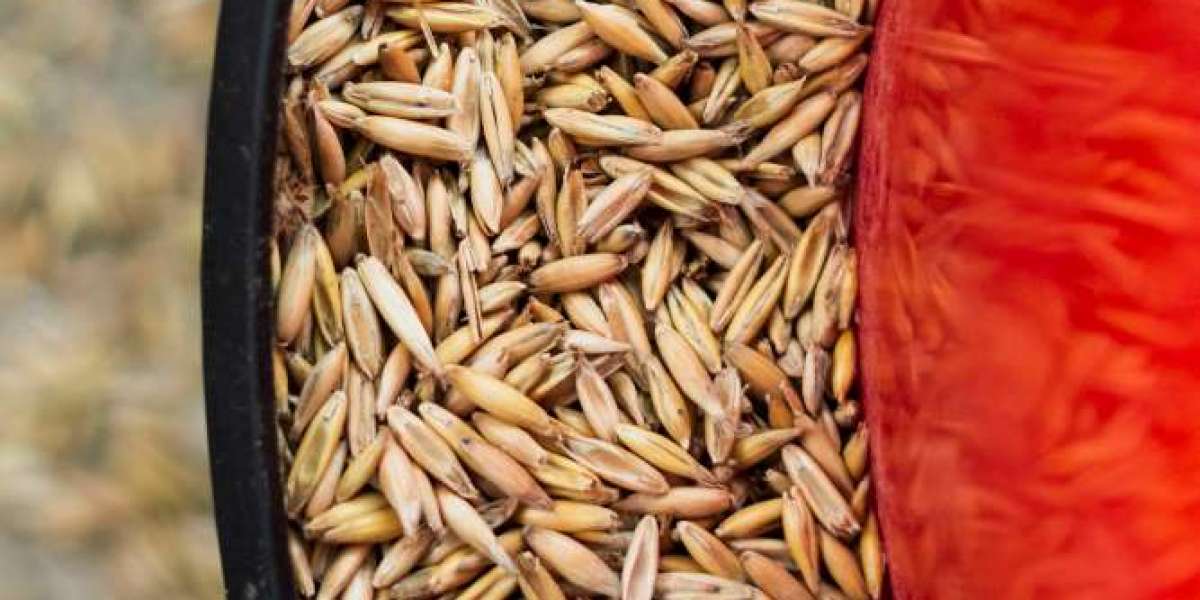article image source: freepik.com (link)
In a breakthrough that could transform global agriculture, scientists at the University of Maryland have discovered a gene in wheat that may dramatically increase grain yields—possibly by up to three times. This finding could mark a turning point in efforts to address global food security amid the rising pressures of climate change, population growth, and limited farmland.
advertisement
The Secret Behind Triple-Grain Wheat
Typically, each flower (or floret) on a wheat plant produces just one ovary, which develops into a single grain. But in a rare natural mutation of bread wheat, scientists noticed something unusual: some florets were producing up to three ovaries, each capable of becoming a grain. This meant that, in theory, a single wheat plant could bear three times the usual number of grains—a remarkable jump in productivity.
To understand what caused this rare "multi-ovary" (MOV) trait, researchers led by Associate Professor Vijay Tiwari at the University of Maryland conducted a deep genetic analysis. They mapped the DNA of the mutant wheat and compared it with standard wheat varieties. What they found was a single gene quietly holding the key to this triple-yield potential: WUSCHEL-D1 (WUS-D1).
A Dormant Gene with Extraordinary Potential
In regular wheat, the WUS-D1 gene is usually dormant. But in the mutant plants, it was switched on early in the flower’s development. This activation led to an expansion of the flower-building tissues, allowing the plant to produce multiple female reproductive parts—specifically, more ovaries per flower.
By controlling or replicating this activation, breeders could potentially engineer new wheat varieties that consistently produce more grains per spike. Even modest increases in grain number per plant can significantly boost overall crop yields—especially on a global scale.
"This discovery provides an exciting route to develop cost-effective hybrid wheat," said Tiwari. "By employing a gene-editing toolkit, we can now focus on further improving this trait to enhance wheat yield."
Why This Matters Now More Than Ever
Wheat is not just another crop—it's a dietary cornerstone for billions of people worldwide. As global demand grows, the traditional methods of increasing crop output—expanding farmland, using more fertilizers, or relying on irrigation—are becoming less viable due to environmental, economic, and climate-related constraints.
That’s why the discovery of WUS-D1 is so compelling. It offers a genetic pathway to grow more food without needing more land, water, or chemical inputs. This aligns perfectly with global goals for sustainable agriculture and climate-resilient food systems.
Beyond Wheat: A Gateway to Smarter Farming
Perhaps even more exciting is that this breakthrough might not be limited to wheat. The basic principle—encouraging multiple grain-producing structures through targeted gene activation—could potentially be applied to other staple crops like rice, maize, or barley. That opens up the possibility of boosting yields across multiple cereals, not just wheat.
Researchers are optimistic about this broader potential. With the help of modern gene-editing tools such as CRISPR, the agricultural community may soon have a powerful new set of techniques to design higher-yielding crops tailored to different environments and growing conditions.
A Beacon of Hope for Global Food Security
As the world faces unprecedented challenges in feeding a growing population under shifting climate conditions, scientific innovations like this offer not just solutions—but hope. The WUS-D1 gene may be small, but its impact could be enormous.
Imagine a future where farmers harvest three times as much wheat from the same fields, with no extra land, no additional water, and no chemical overload. That future may no longer be far off. With continued research, international collaboration, and thoughtful implementation, this genetic discovery could help pave the way toward a more secure, equitable, and sustainable global food system.
Sources
ScienceDaily. A hidden gene could triple wheat yields (October 18, 2025).
University of Maryland AGNR. Scientists Discover Gene That Could Triple Wheat Production.
New Atlas. Mutant wheat breakthrough could triple grain yields.
Thank you !







